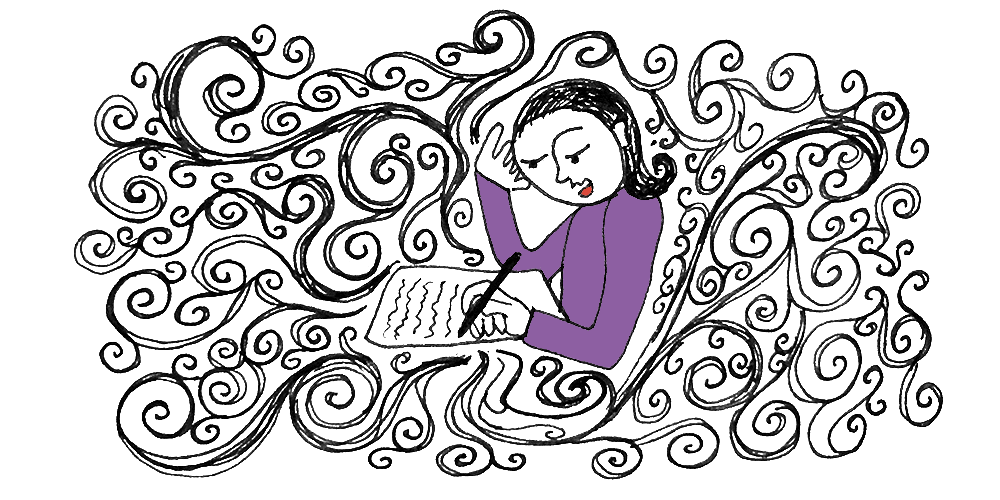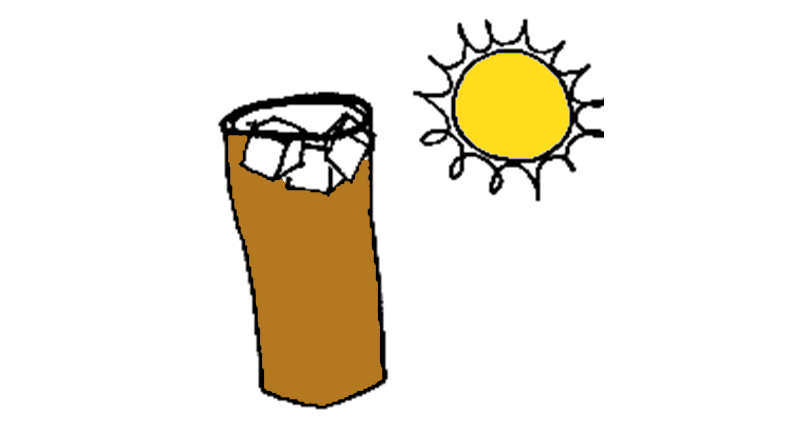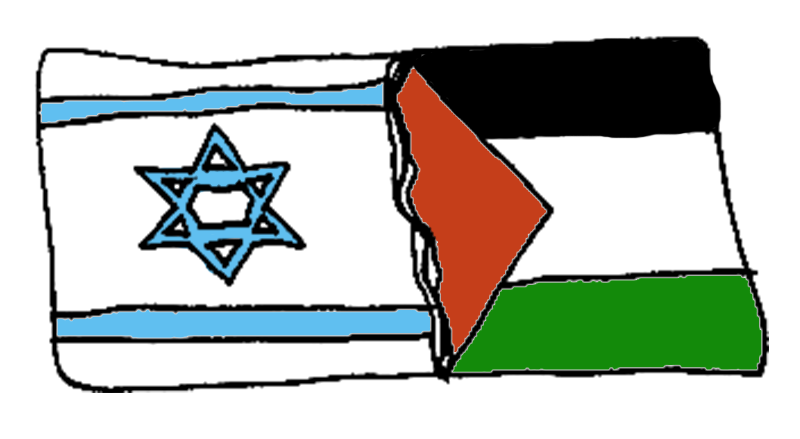The opening movement of Susan Sontag’s Regarding the Pain of Others can be described in many ways: bracing, informed, thoroughly engaged with history, disturbing, even profound. I would, however, describe it simply as reassuring. Consider that I’ve just designated the beginning of her text a movement. If I possessed more poetic leanings, I might contend that it functions as a stanza. Its title is measured, artful, a statement that can be read multiple ways — as an opening clause (Regarding the pain of others, comma, here’s what I have to say) or as a commentary on the act of regarding, of viewing, of assessing and appraising human beings in a state of pain and suffering and death. It is in its literary-ness that I find comfort and reassurance, and in its author’s commitment to truly essaying its subject matter (representations of violence) that this volume shines with a lapidary efflorescence. Sontag’s deeper topic, however, is a consciousness of our shared and frangible humanity.
It is through Sontag’s aversion to jargon that her interest in the deep verity of self-awareness is proven out. A lexical Gargantua and one of the predominant public intellectuals of the latter half of the 20th century, her work flourished in The New Yorker and the New York Review of Books, with many of her essay collections — including Against Interpretation, Styles of Radical Will , and 1977 National Book Critics Circle Award — winner On Photography — now enjoying canonical status. Some debated her politics, some knew her best for her treatises on AIDS or her unstinting takes on the Israeli-Palestinian conflict and American militarism abroad as a precursor to 9/11, but it is in her essays on art, the subject of aesthetics in general, and the photographic image in particular, that Sontag carved out an inimitable niche. She was also a literary critic/advocate and a novelist, winning the National Book Award for Fiction in 1999 with In America. Here, in Regarding the Pain of Others, she cites Virginia Woolf (whose 1938 book-length war-prevention essay Three Guineas is a clear influence) as her springboard, largely because both authors approach writing through a relentlessly objective and intellectual purview regardless of whether they are writing fiction or non-fiction. Both women resemble Thomas Mann’s definition of ethical success, as issued in Buddenbrooks: “What is success? It is an inner, and indescribable force, resourcefulness, power of vision; a consciousness that I am, by my mere existence, exerting pressure on the movement of life around me.” Throughout Regarding the Pain of Others, Sontag issues assessments, rendering them in language that is sonorous and resonant. Especially when contrasted with a more theory-driven mode of discourse, often bogged down in a morass of academese, Sontag’s crystalline prose comes as a relief, a tall glass of unsweetened iced tea on a sweltering summer day. This is not to say that Sontag is incapable of scholarliness, merely that she is more discerning and less credulous, a lover of old-school liberalism but a skeptic when it came to liberals, to American political parties and binaries and issue-driven agendas, to partisanship and the ephemera of easily expounded causes.
Ours is an age of ironic self-consciousness, of hive-mindedness and quantification, and these are approaches/worldviews that Sontag abhorred. In the December 18, 2008 New York Review of Books article “Becoming Susan Sontag,” Deborah Eisenberg writes, “Massing information for its own sake seemed contemptible to Sontag, or pitiable, and like so many young people who hope to lead the life of the mind, she despised what she considered to be the airlessness and rigidity of academic life.” Consciousness needs to be dissociated from the hyper-self-consciousness of 2018, our identity politics and narcissism and disingenuous apologias, our solipsistic over-concern with social media representations and e-dentities. Eisenberg prefers the provocative to the deconstructive and in Sontag she found, as I do, the irony-free nourishment of ethical engagement. The most refreshing aspect of reading Regarding the Pain of Others, for all the solemn gravitas of its topic, is that Sontag, even late in her life (this book was released a year before her death in December of 2004, and was the last of her works published while Susan was still alive), was infused with a youthful chutzpah, a mendacity-averse tourbillon of backbone, moxie, and gumption that stood (and still stands) opposed to both the flippancy of postmodernism and the self-righteousness of demagoguery.
There is no obfuscation clouding Sontag’s emphasis. This comes to life most vividly in the first section of Regarding the Pain of Others as she segues from the recurring imagery of shattered cityscapes, through a litany of late-20th-century sites of carnage and destruction, and on to a series of short jab-like sentences, punctuated with italics for emphasis. “Look, the photographs say, this is what it’s like. This is what war does. And that, that is what it does, too. War tears, rends. War rips open, eviscerates. War scorches. War dismembers. War ruins.” This is in some sense a stylistic indulgence, a versification, especially noticeable amidst a text so meticulously grounded in traditional grammar and syntax. Keep in mind that Sontag rose to prominence opposed to the separation between form and content. In her most groundbreaking and manifesto-like work, 1966’s Against Interpretation, she offers landmark statements and timeless aphorisms. “A work of art encountered as a work of art is an experience, not a statement or an answer to a question. Art is not only about something, it is something. A work of art is a thing in the world, not just a text or commentary on the world.” The first rule of consciousness is to make this distinction, to eschew the tired, and frankly lazy, separation of subject and style. “The function of criticism should be to show how it is what it is, even that it is what it is, rather than to show what it means.” From our insta-analysis of television episodes to our political sanctimony, we are far too obsessed these days with meaning. We need to return to a Sontagian consciousness, a preference for being and thought as opposed to doing and emotion.
In the brilliantly efficient first segment of Regarding the Pain of Others, Sontag riffs with incensed ardor on the manipulations of ideologues, condensing into one small paragraph about the captioning of photographs a most illuminating example. “To an Israeli Jew, a photograph of a child torn apart in the attack on the Sbarro pizzeria in downtown Jerusalem is first of all a photograph of a Jewish child killed by a Palestinian suicide bomber. To a Palestinian, a photograph of a child torn apart by a tank round in Gaza is first of all a photograph of a Palestinian child killed by Israeli ordnance.” Captioned photographs, according to Sontag, determine the meaning of death for the ideologues and their adherents, allowing them to stoke their own self-approbation, similar to the proliferating and insular dysfunction of the liberal/conservative divide in America with their respective echo chambers, and akin also to the way too many cosseted academic theorists attack easy targets like dominant classes, or ethnocentrism, or the subjugation of the other, or that damn demon capitalism, or the evils of civilization and progress (a.k.a. colonialism/imperialism).
Sontag doesn’t attack, she exposes. And what is exposed? The shock and shame of real horrors versus the unintended voyeurism of those who perceive them. The difference between evoking horror via painting or drawing, and depicting it via a photograph.
The photograph deserves scrutiny because it has a frame, thus an exclusion, an elision that we as viewers need to be aware of, never relinquishing our vigilance. There is also an implicit scrutiny as Sontag takes the time to spend some moments on lesser known wars and atrocities, her descriptive gifts taking a rapier to Roger Fenton’s “anodyne images of a war that did not go well for England” as she delves into the Crimean War, a conflict often skirted over or dealt with via a historical footnote, where if we hear of it at all it’s usually by way of Tennyson’s poem “The Charge of the Light Brigade.” And even that masterpiece’s “valley of the shadow of death” is a construct, a staged version of reality, examples of which Sontag exposes and explores throughout the latter pages of the third section of Regarding the Pain of Others.
The indecency of spectatorship is her deeper investigative charge as she moves to the Vietnam War epoch (when photography began to compete with television) and the disturbingly theatrical circumstances surrounding Eddie Adams’s famous February 1968 photograph of Nguyen Ngọc Loan executing Nguyen Van Lem. The identification of the viewer with the executioners of the Khmer Rouge is another excavation of the self, and for all my own skepticism about the overuse of the usually indolent and timeworn postcolonialist/Said-aping term “othering,” it is hard to deny the veracity of Sontag’s assertions regarding how the contemporary United States is much more comfortable with the Holocaust (or Shoah) being institutionalized in museums than it is with the still nonexistent Museum of the History of Slavery. That said, I echo Sontag’s dubiety regarding the immersive experiences of contemporary museums. I, for one, am not all that excited about the possibility of patrons climbing ersatz gallows to stick their heads in a lynching-simulating noose or to turn over in their hands an actual slave bill of sale in order that they can “feel” something.
Critical Theory might apprehend such ironies via Guy Debord and the Situationists or Jean Baudrillard’s analyses of postmodern simulacra, but Sontag is rather critical of those influences as she negotiates various incarnations of the term “spectacle.” Her own examination is more focused on issues like consumerism, manipulation through advertisement imagery, and whether increased exposure to images of war moves viewers to act or ensnares them in a desensitization loop. Her continued allusions, in Regarding the Pain of Others, to canonical literature and art, from Homer and Leonardo da Vinci to Warhol and Frederick Wiseman, bring to mind all the references she isn’t making but that are hard to keep from burgeoning in one’s own consciousness, as her single word “appall,” in the fifth section of the text, brings to mind Melville’s “Woe to him who seeks to please rather than to appal” from Moby Dick, and at that point my mind cannot help but string together and issue forth further chronological American examples, from the slave narratives of Frederick Douglass and Harriet Jacobs to the naturalistic ones of Stephen Crane and into the 20th century’s narrative war harvesters of note — Hemingway, Mailer, Jones, Heller, Pynchon, Vonnegut, O’Brien, Herr, McCarthy; at which point the sheer masculinity of this lineage highlights Sontag’s gendered status, her own distance, and her choice of Virginia Woolf as recurrent guide through this journey, made even more telling in its desire for sorority, Sontag outright calling attention to this issue in her final chapter as she inquires, “Is there an antidote to the perennial seductiveness of war? And is this a question a woman is more likely to pose than a man? (Probably yes).” Detached by space and time and lack of firsthand experience, Sontag is nevertheless ruthlessly rigorous and intellectually savvy, endeavoring to craft a point of view that is incisive but respectful, free of self-censorship and suspicious of the censorship of images levied by governments and media, from Thatcher and the Falklands to the techno-distancing of the Gulf War, from the outright suppression of journalists in Taliban era Afghanistan to the expurgations surrounding 9/11 and the bowdlerization of the imagery of Ground Zero in Lower Manhattan.
When she makes a statement I find questionable, such as “Compassion needs to be translated into action or it withers,” immediately my mind alights to college kids hashtagging their protest participation or chronicling their trust-funded, resume-padding voyages to the third world; pseudo – Peace Corps types who put a hitch in their delivery and a knot in their throats as they talk about cradling AIDS babies in Africa, or who post social media photos of themselves drinking tea with 14-year-old prostitutes in Thailand. Yet before my cynicism can fully blossom, Sontag looks at the flip-side, and interrogates the sentimental, rightfully skewering it. There is in Sontag’s text a wonderfully astute Sarajevan voice, an anonymous soul yelling out of bomb-savaged buildings and bullet-strafed stucco during the mid-90s Bosnian War, “Are you waiting for a shell to go off so you can photograph some corpses?” This seems to get at what Sontag and I abhor most of all. For photography, or any visual representation, to be done right, it must be uncheapened and yet it must be artful. As David Foster Wallace said of the cinematic medium, “Art film is essentially teleological; it tries in various ways to ‘wake the audience up’ or render us more ‘conscious.’ (This kind of agenda can easily degenerate into pretentiousness and self-righteousness and condescending horsetwaddle, but the agenda itself is large-hearted and fine.)” I would say the same about Regarding the Pain of Others, and about the majority of Sontag’s oeuvre as a whole, a life’s work worth reconsidering regularly as we approach the second decade of the twenty-first century. Let us not celebrate ourselves for being proper and “woke,” let us instead engage with art that kindles thought, reexamination, and intellectual precision.
The transformation of life, not into a photograph via which someone can win a prestigious award but into art — this is the essential gesture. Sontag closes her book-length essay with a multi-page description of Jeff Wall’s 1992 art piece “Dead Troops Talk,” and this is telling. It points toward what makes Regarding the Pain of Others so powerful and exemplary, so deserving of the status Sontag grants to Wall’s work and to art as a whole: “the antithesis of a document.” Documents are not conscious. They are inert, sterile, and archived. Real violence is the interruption of peaceful stasis, and it is undocumentable, it is experienced by true proximity or participation, and though most of our attempts as artists and writers are doomed to fall short, occasionally they rise to encompass, to interrogate, to examine, to reveal, to ignite the consciousness of our readers, to in some small and articulate way explain; and if we fail in our attempt to explain, we at least acknowledge and confront, we expose and explore. •
All images by Isabella Akhtarshenas.







